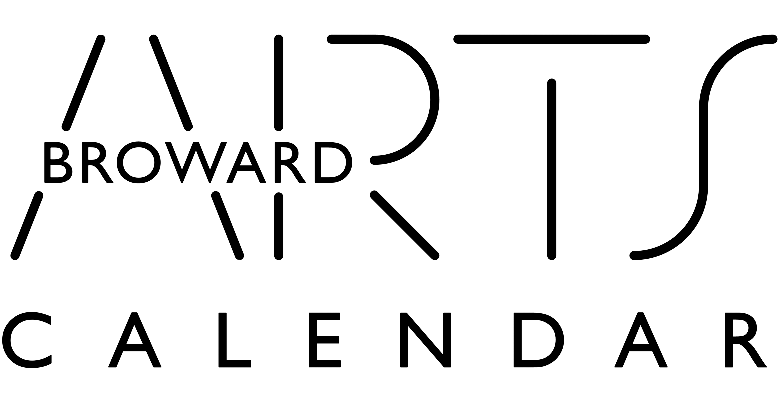Virtual Resources
At-Home Art Activity
Christian Holstad, born in Anaheim, California in 1972, is an artist who transforms everyday materials and recognizable objects to reflect themes of love, loss, nostalgia and social causes. His portfolio of work expands across a broad range of disciplines including: sculpture, assemblage, installation and performance art, collage, textiles and photography. His art piece, It Comes in Waves, currently displayed in NSU Art Museum’s Transitions & Transformations exhibition, is a large curtain of Mylar strands that kinetically flutters when a viewer passes by. The image of the large wave on its surface is based on Japanese artist Hokusai’s famous print The Great Wave (published between 1829 and 1833).
Materials
- Metallic material: Aluminum foil, Mylar gift bag or gift wrap, recycled Mylar balloon
- Scissors (to be used with adult supervision)
- Permanent markers
- Shoelace, string or ribbon
- Tape
- Covering for your work surface
Art vocabulary
Installation art – A three-dimensional visual artwork usually designed for a specific site or environment.
Performance art – An art form that combines visual art with dramatic human performance..
Assemblage – A three dimensional piece of art created by combining found or unrelated objects.
Kinetic art – Art of any medium, most often three-dimensional, that contains actual movement visible to the viewer or depends on motion for its effect.
Virtual Resources
Inspiration for your Imagination
Christian Holstad, It Comes in Waves, 2003. Mixed media installation.
NSU Art Museum Fort Lauderdale; gift of Rosa and Carlos de la Cruz, Key Biscayne, FL
Art Activity
Instructions
Step 1
Always use a protective cover for your work surface. Several layers of newspaper, brown paper or a plastic tablecloth work well.
Step 2
Cut a rectangle of the metallic material of your choice and lay it shiny side up on your work surface.
Step 3
Using permanent markers draw a design of your choice on the shiny side of the selected material. If you accidentally tear your foil while working, just patch it with tape from the reverse side.
Step 4
When your drawing is complete, flip it over and position your string about half an inch down, across the top back side of your design. Fold the material over the string and tape in to place.
Step 5
After the taping is complete, carefully cut from the bottom edge up to but not through the tape or string. Repeat cutting the entire sheet into many strips, about a half-inch wide, creating a metallic fringe curtain.
Step 6
Find a place to hang your Christian Holstad-style artwork, like across the top of a doorway.
Art Activity
Notes
If you do not have metallic material such as foil you can make plain paper fringed curtains and use your choice of coloring medium. If you do not have permanent markers to draw on the metallic surface you can create designs using stickers or cut shapes from colored paper and glue them to the shiny surface with a glue stick.
*If you have any questions about these art activities please e-mail Sue at: [email protected]. Now in her garage making art!

















